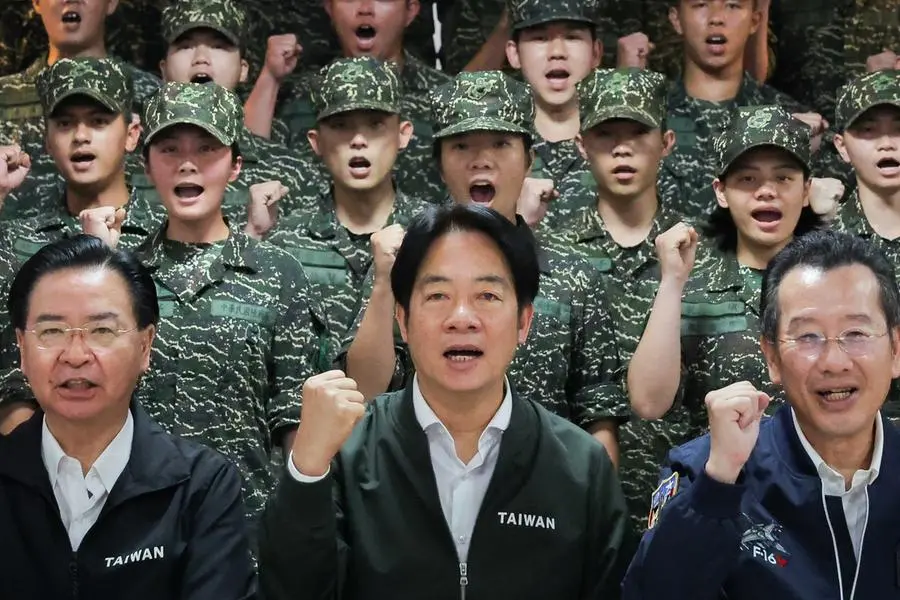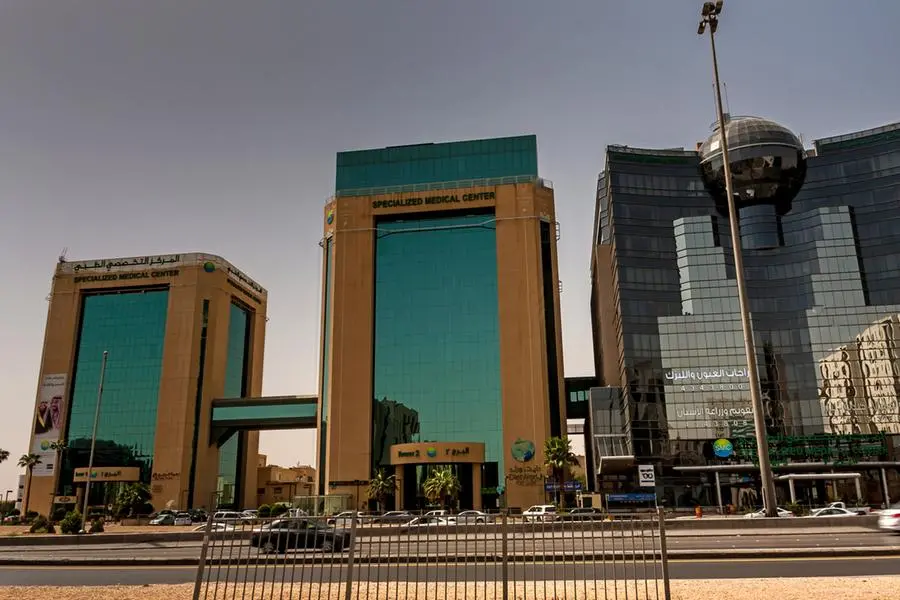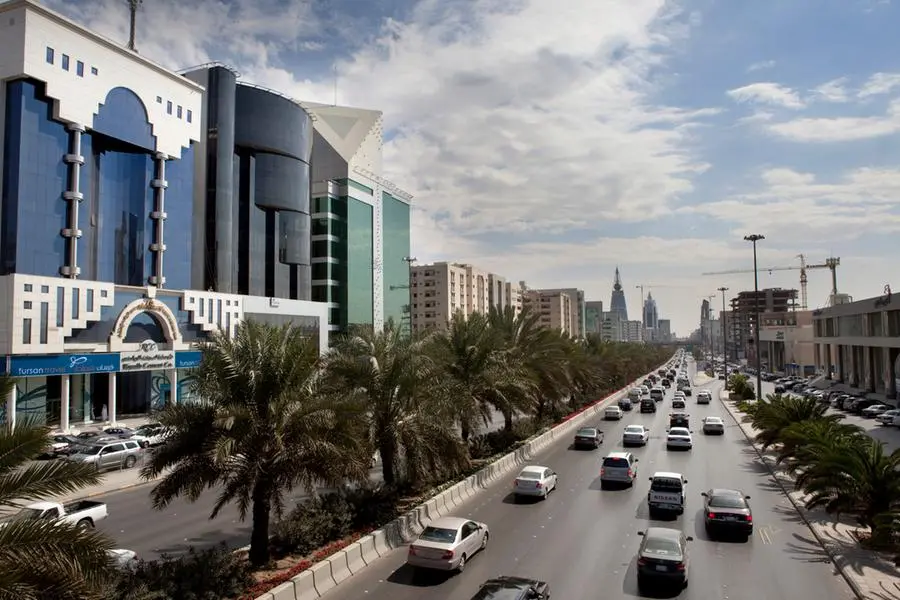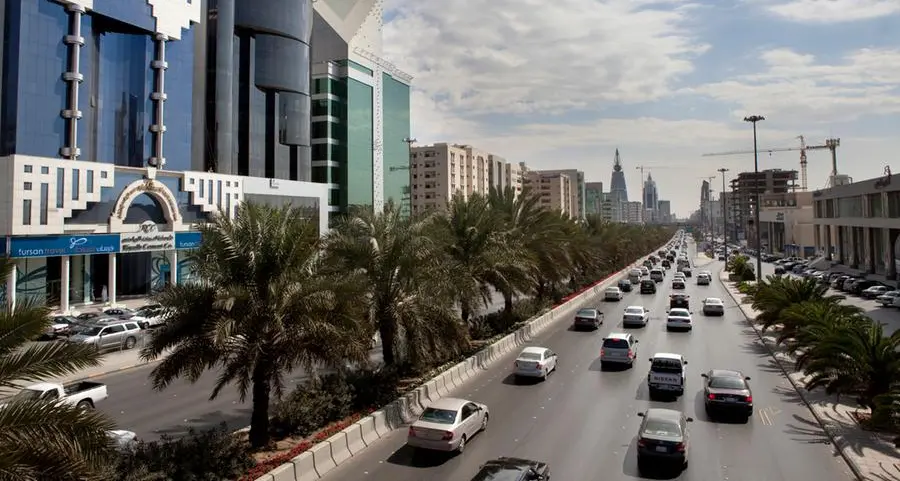PHOTO
Taiwan President Lai Ching-te poses for pictures along with military personnel during his visit to a military camp in Taoyuan, Taiwan May 23, 2024. REUTERS/Ann Wang
HONG KONG/BEIJING - In launching two days of "punishment" drills to protest against what it sees as the separatist instincts of Taiwan's newly inaugurated President Lai Ching-te, Beijing is sending a finely calibrated warning.
Analysts, regional diplomats and senior Taiwan officials note that so far the scale of operations around the island that Beijing claims as its own are smaller than the exercises it staged to protest against the August 2022 visit to Taipei of then-U.S. House Speaker Nancy Pelosi.
And even though Thursday's drills included mock air and sea strikes around the fortified Taiwanese islands of Kinmen and Matsu close to the mainland Chinese coast, they were widely anticipated by Taiwanese and foreign officials.
"Beijing is showing muscle in the immediate wake of Lai's presidential inauguration to signal Beijing's displeasure and shape international understanding of Beijing's narrative about Lai," said Taipei-based analyst Wen-Ti Sung, a fellow at the Atlantic Council's Global China Hub.
"But this is just the 'signal'. The real 'punishment' may be yet to come," Sung said.
A senior Taiwanese military official said the drills so far appeared to be repeats of other operations, involving provocatively crossing the so-called median line of the Taiwan Strait and mock attacks on vessels close to Taiwan's 24-mile contiguous zone.
They also noted that in the month before Lai's inauguration, Taiwan reported that China had carried out at least three "joint combat readiness patrols" with warplanes and warships around the island.
As with previous large-scale operations in 2022 and in April 2023, the Eastern Theatre Command of the People's Liberation Army (PLA) carried out fully integrated mock attacks at points surrounding Taiwan's main island, seen by some analysts as a warning that Chinese forces could attempt a swift blockade if it wanted to bring Lai to heel.
China, which has never ruled out the use of force to bring Taiwan under its control, denounced Lai's inauguration speech on Monday, in which he called on China to stop its threats and said the two sides of the strait were "not subordinate to each other".
Lai has repeatedly offered talks with China but has been rebuffed. He says only Taiwan's people can decide their future, and rejects Beijing's sovereignty claims.
China wants to show that if Lai still wants to take the path of Taiwan independence, the mainland has already acquired the capability to blockade Taiwan, the consequences of which will be very serious," said Victor Gao, a professor at China's Soochow University.
"From this perspective, I think the mainland's intention is very clear. You are causing trouble and playing with fire, next time I won't be so polite and will blockade you with real swords and guns."
Asian diplomats said they were watching closely, noting the drills' significance in both sending a message to Lai as well as honing and testing PLA capabilities.
Some analysts said that while the drills may not be on the same scale as the 2022 operations, which saw Chinese forces fire missiles over the island and into the waters of Japan's exclusive economic zone, they still raised the risk of accidents or miscalculations.
This was particularly acute as Taiwanese forces attempted to shadow and monitor the Chinese manoeuvres.
"These opposing forces could actually be operating in pretty close proximity," said Collin Koh, a security scholar at Singapore's S. Rajaratnam School of International Studies.
(Reporting by Laurie Chen and Beijing newsroom and Greg Torode in Hong Kong; additional reporting by James Pomfret in Hong Kong and Yimou Li; Writing by Greg Torode; Editing by Nick Macfie)





















